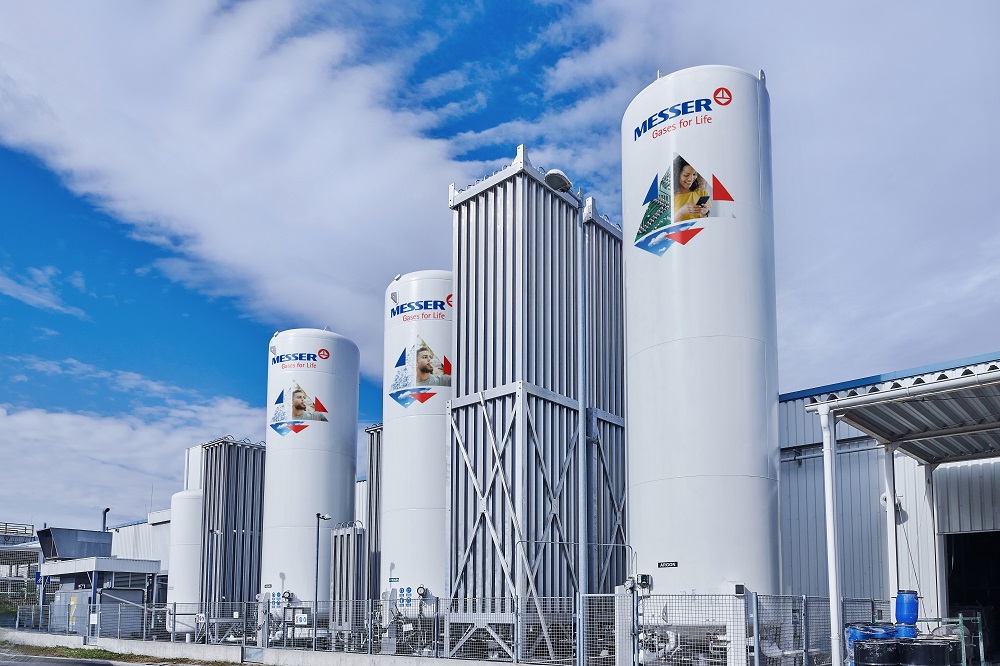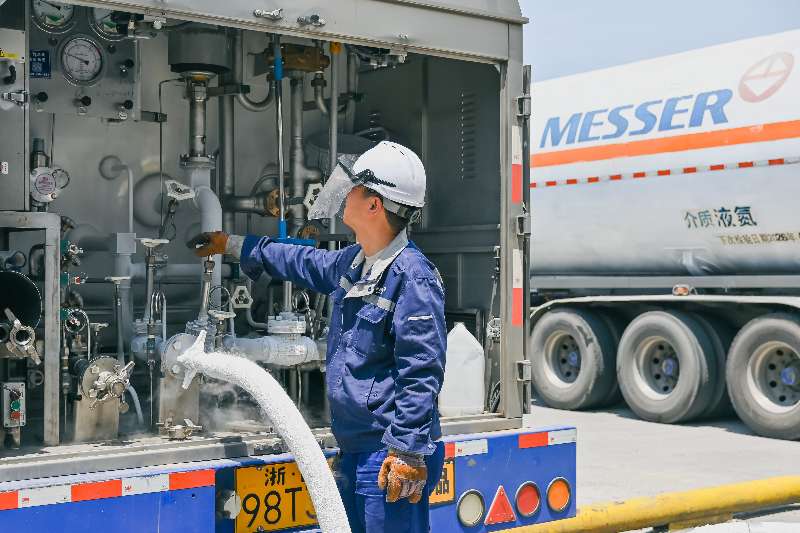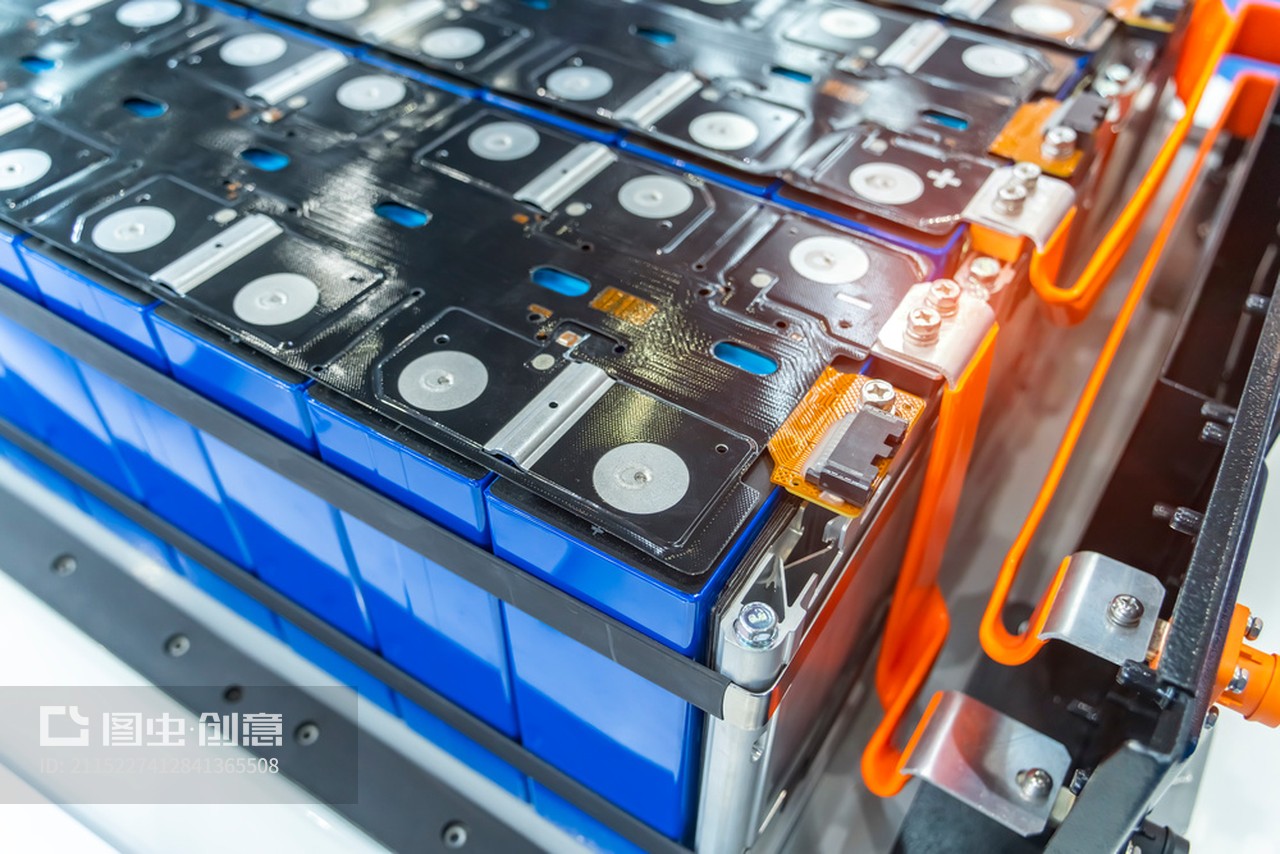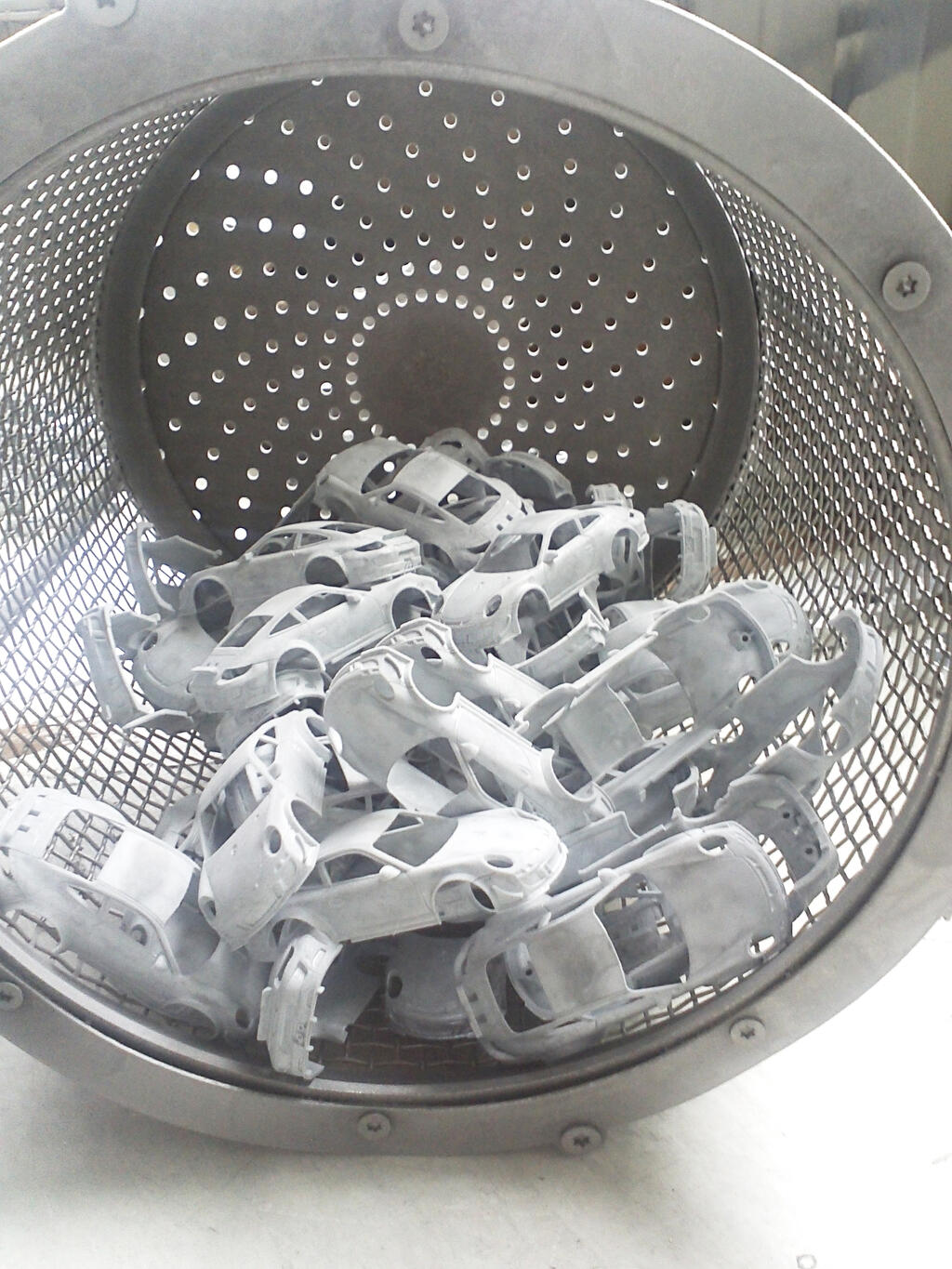Nitrogen is a colorless, odorless, tasteless, and nonflammable gas which makes up 78% of our atmosphere. It is widely used across various industries for inerting, purging, pressurizing, and cooling. Messer has established a robust nitrogen production network in China, featuring large-scale production and advanced cryogenic liquefaction capabilities. We provide nitrogen in a wide range of purities, from industrial grade to ultra-high purity, available via bulk tankers, pipelines, or on-site generation system. With extensive hands-on experience working with some of the most challenging applications, our team delivers safe, efficient, and sustainable nitrogen solutions. As a common yet essential gas, nitrogen has an incredible range of industrial applications. In its gaseous form, it is used to create inert atmospheres for metal heat treatment and to ensure stability in chemical processes. In its liquid form, nitrogen is widely applied in chilling, freezing, and packaging many of your favorite foods and beverages, helping to preserve freshness and extend shelf life. Nitrogen is also indispensable in the electronics industry, playing a vital role in process protection, production, cleaning, purging, drying, and wafer fabrication. Beyond the electronics industry, nitrogen is widely used for cryogenic condensation recovery of VOCs in environmental protection, mold cooling in aluminum extrusion,and cold grinding in the plastics and rubber industry. In addition, it serves as a shielding gas in welding, a propellant, and a filling gas for aircraft tires.
Supply Modes
Why Messer for Nitrogen

Products Safety

Safety is a core value and embedded in everything we do at Messer. We are committed to the safe use of our products and set working standards that protect the safety and health of our customers, our people, and our communities.
What Are Safety Hazards Associated When Working with Liquid or Gaseous Nitrogen?
Liquid nitrogen will always boil and splash. If liquid nitrogen comes in contact with warm objects or surfaces, boiling and splashing will be more severe. Make sure that proper protective equipment is worn when working around liquid nitrogen.
When cold, nitrogen gas will lie along the floor and settle into low-lying areas. But the gas is naturally a bit lighter than air, so as it warms up, it rises to the highest point in a room.
Nitrogen does present a risk of asphyxiation. The gas itself is not toxic, but if too much of it builds up in an enclosed space, it displaces the oxygen, making the air unsafe.
Facilities that use nitrogen in any form should always be equipped with exhaust ventilation systems and oxygen monitors. If you suspect unsafe nitrogen buildup in a particular area, do not enter. Notify the appropriate safety personnel and keep other people away.
You May Also Be Interested in

Oxygen
Learn More >
Herbs & Spices
Learn More >
Cryogenic Cooling & Freezing
Learn More >
Cathode material
Learn More >
Cold Chain
Learn More >

